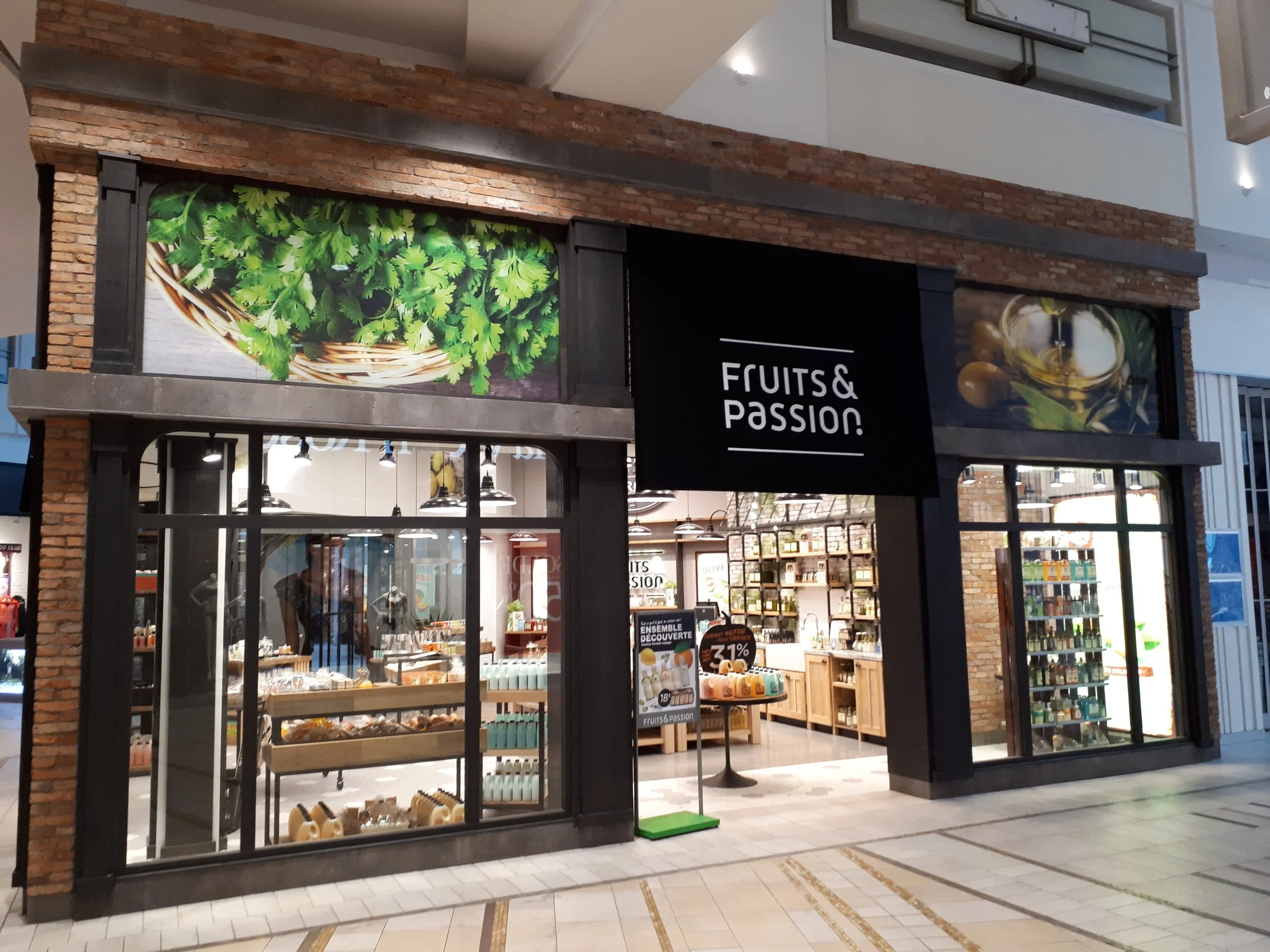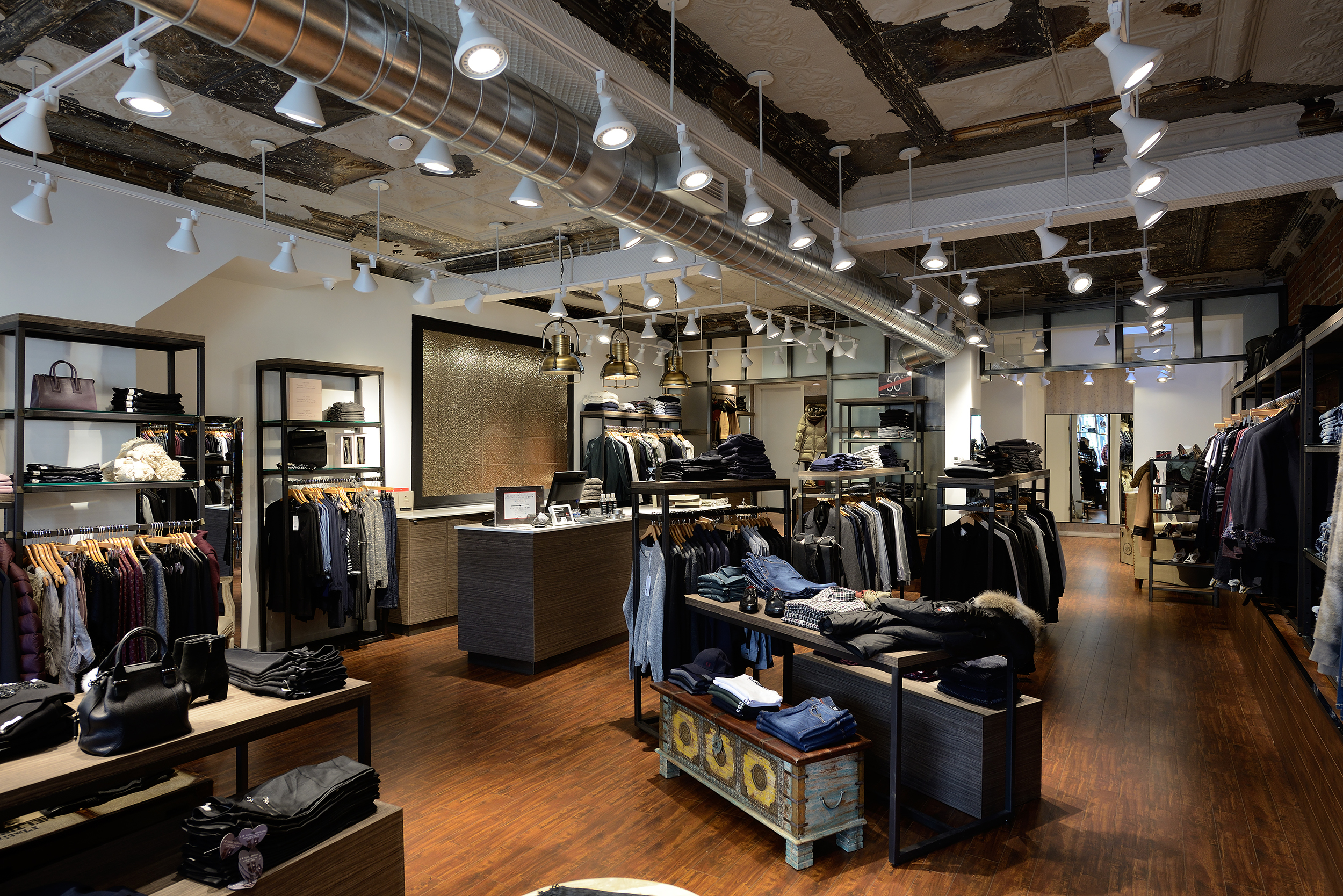How to Get Started with Retail Design Planning: From Blank Canvas to Buyer's Paradise
Imagine stepping into a store that feels like an extension of your own living room. Warm lighting bathes sleek shelves showcasing your favorite products, while playful signage whispers the brand story in every corner. The air hums with a gentle soundtrack, guiding you on a curated path of discovery. This, my friends, is the magic of successful retail design.
But how do you translate this vision into a tangible space that drives sales and brand loyalty? Don't worry, aspiring retail designers, because this post is your roadmap to retail design planning, taking you from blank canvas to buyer's paradise.
Step 1: Know Thyself, Know Thy Shopper
Before you even sketch a shelf, you need to understand your brand's DNA. What values define you? What story are you trying to tell? Equally important is knowing your target customer: their demographics, desires, and shopping habits. This self-discovery fuels your design direction, ensuring every element resonates with your audience.
Step 2: Taking Stock of Your Square Footage
Whether you're renovating a tired space or building from scratch, understanding your existing footprint is crucial. Measure every inch, identify architectural quirks, and assess potential limitations. This assessment becomes the foundation upon which you build your retail symphony.
Step 3: Guiding the Customer Journey
Now comes the fun part: choosing your store layout! Grid layouts offer a sense of order, perfect for showcasing a wide variety of products. Racetrack layouts encourage browsing, while loop layouts create a sense of discovery. Consider your product mix and customer behavior to find the layout that orchestrates a seamless shopping journey.
Step 4: Spotlight the Stars
Every store has its heroes: those high-priority products that deserve the spotlight. Designate prime real estate for them, ensuring clear sightlines and easy accessibility. Don't forget the impulse buys – those irresistible treasures that tempt shoppers at the checkout. Place them strategically to add a touch of whimsy and boost last-minute purchases.
Step 5: Telling Your Brand Story Through Design
Visual merchandising is the art of transforming space into a brand narrative. Choose a color palette that reflects your brand personality, and let lighting play with shadows and highlights to create drama. Craft eye-catching signage that whispers your story, and select fixtures that complement your product aesthetic. Every element, from the shelves to the music, should sing in unison, creating a cohesive and immersive brand experience.
Step 6: Frictionless Shopping for the Win
A smooth shopping experience is the ultimate luxury. Design your store for intuitive navigation, with clear product categorization and accessible displays. Prioritize efficient checkout systems and consider incorporating touch-screen kiosks for a modern and convenient experience. Remember, happy shoppers are repeat shoppers!
Step 7: Embracing the Retail Tech Revolution
Technology is no longer just a gadget – it's a design partner. Interactive displays can tell product stories in engaging ways, while digital signage can showcase promotions and update content in real-time. Self-checkout kiosks offer flexibility and speed, while data analytics can inform future design decisions. Embrace the tech wave to create a dynamic and future-proof retail space.
Bonus Round: Budget & Timeline
Remember, even the most beautiful dreams need a realistic budget and timeline. Set clear financial expectations and map out a manageable project schedule to ensure your retail masterpiece comes to life without breaking the bank or your sanity.
The Final Chapter: From Vision to Reality
Retail design planning is a journey, not a destination. Embrace the process, experiment, and refine your vision. Remember, a successful store isn't just about aesthetics – it's about creating an experience that connects with your customers on an emotional level. So, grab your sketchpad, channel your creativity, and get ready to transform your retail vision into a reality that will have your customers singing your brand's praises long after they leave the store.
This is just a starting point, of course. Feel free to add your own unique insights, examples, and visuals to make this post truly yours. Remember to keep it engaging, informative, and actionable, and your readers will be thanking you for being their guide on the path to retail design success.
Now go forth and design!



